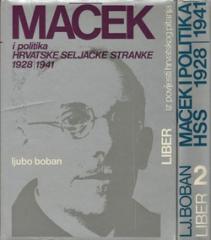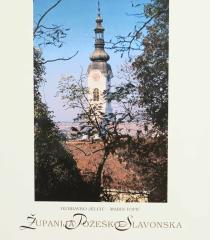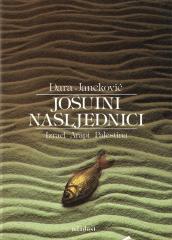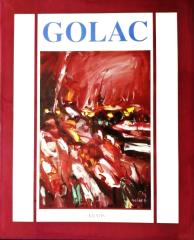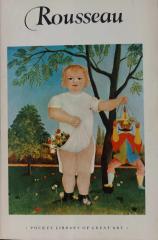
Kako čitati grad : Rijeka jučer, danas
Radmila Matejčić, hrvatska arheologinja i povjesničarka umjetnosti, u svojoj kultnoj monografiji Kako čitati grad: Rijeka jučer, danas pruža dubinski vodič kroz urbanu evoluciju Rijeke, grada na razmeđu mora i planina, simbola slojevite prošlosti.
Knjiga, svojevrsni urbani udžbenik, spaja povijesne, sociološke, urbane i kulturološke pristupe kako bi "pročitala" grad kao tekst pun skrivenih znakova – od antičkog Tarsatica do suvremenog kozmopolitskog središta Kvarnera.
Matejčić kronički prati rast Rijeke od rimskog naselja preko srednjovjekovnog trgovačkog centra pod Habsburgovcima, mađarskom i talijanskom vlašću, do industrijske metropole 19. stoljeća s lukom, tvornicama i radničkim četvrtima. Detaljno obrađuje ključne lokalitete – Korzo s palačama, Trsat s tvrđavom, suhe dokove i vile na Bulevardu – otkrivajući nestale slojeve: uništene zgrade, zaboravljene ulice, urbanu mitologiju. Kroz bogate ilustracije, arhive i terenska istraživanja, autorica oživljava sjećanja na događaje poput velikih požara, epidemija i ratnih razaranja, ističući kako je Rijeka uvijek bila grad prelaza – etničkog, kulturnog i arhitektonskog.
Knjiga obuhvaća teme poput - ljudsko mjerilo u urbanom tkivu (grad za ljude, ne samo za moć), kontinuitet nasljeđa nasuprot modernizaciji, skriveni urbani identitet (od podrumskih hramova do fasada s tajnama). Matejčić upozorava na gubitak memorije u brzom razvoju, ali slavi Rijeku kao "grad koji iznenađuje" – prepun izazova, ali i ljepote. Knjiga je neprocjenjiva za istraživače, urbaniste i ljubitelje grada, postavši osnova za ulicu koja nosi njezino ime u riječkom Kampusu. Kao most između jučer i danas, podsjeća: grad se čita srcem i pogledom.
Jedan primjerak je u ponudi
